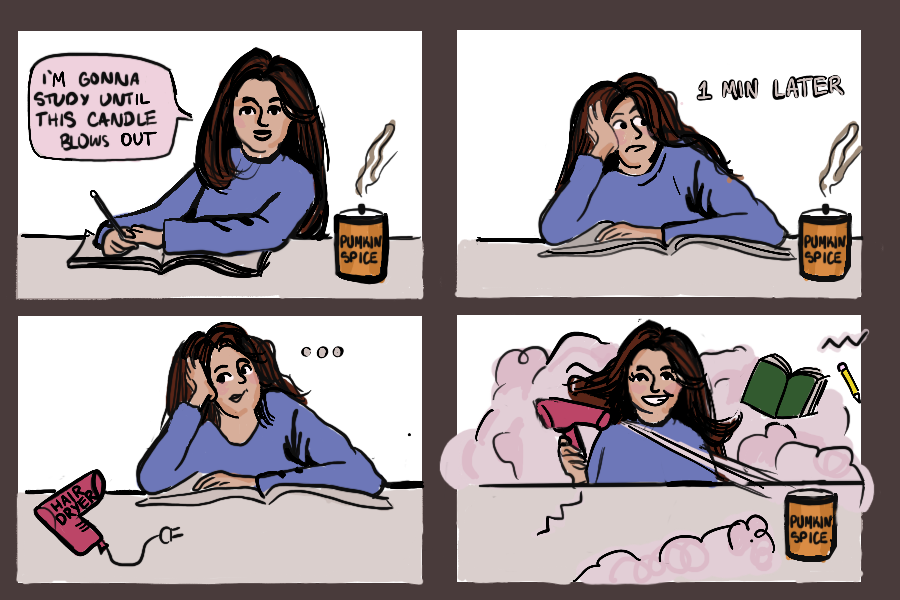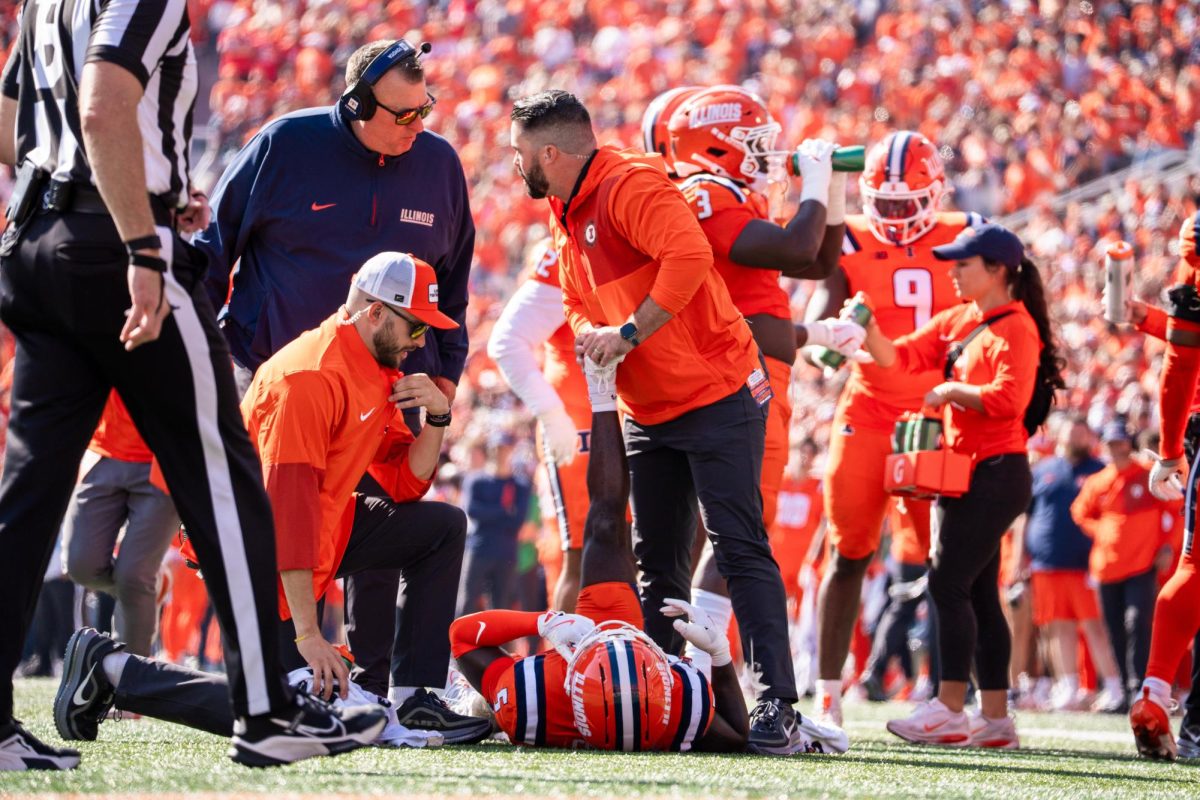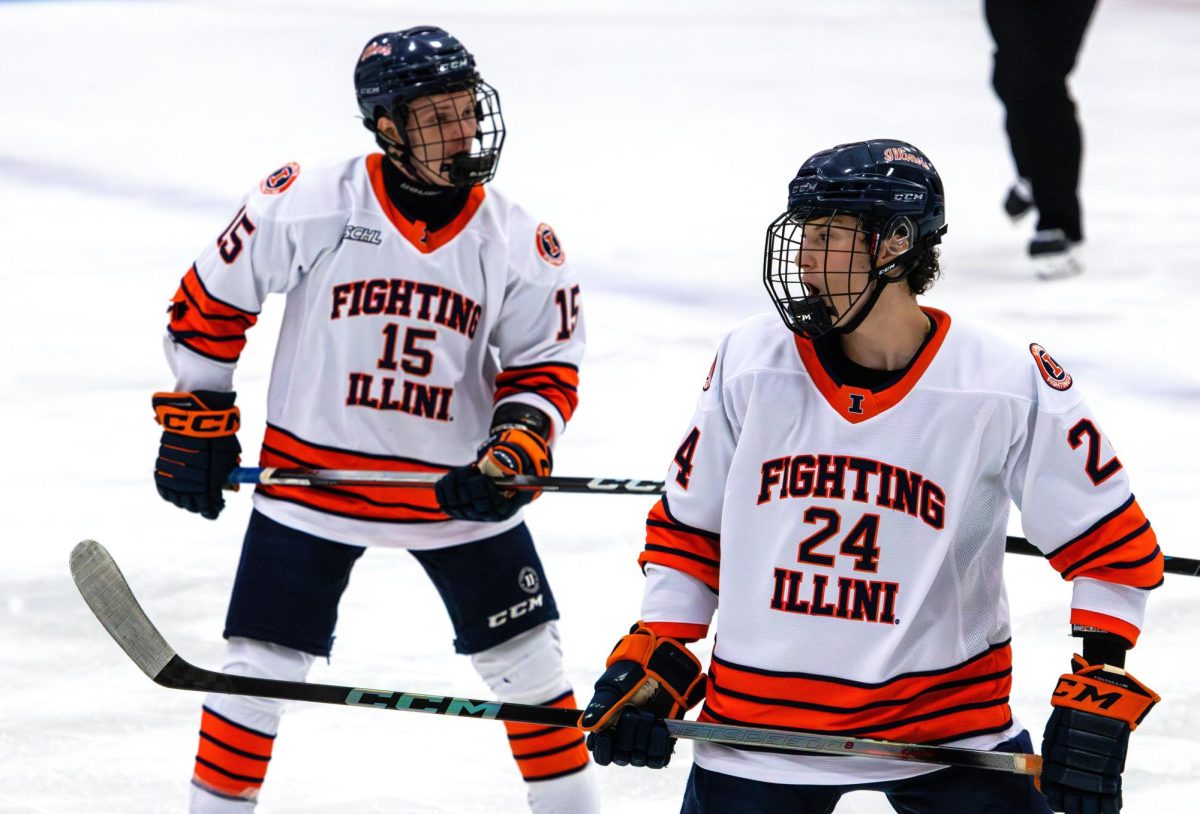One hundred and forty-six years ago, the University of Illinois was just a scrap of what it is today.
As detailed in Roger Ebert’s 1967 book, “An Illini Century,” the first class of the Illinois Industrial University (as the University was named until 1885) consisted of 50 students and two professors. Today, the University is home to 37,000 undergraduates and 11,000 graduates, plus 3,000 faculty members.
One building, University Hall, made up the University and was used as a dormitory, a classroom, a lecture hall, a laboratory and a museum. Situated on the Quad, it was demolished in 1938 and replaced with the Illini Union and Gregory Hall. Further construction over the decades would produce the 647 buildings the University has now.
As we are one month away from Ebertfest, the College of Media’s prized event, I have recently been preoccupied with the great Ebert himself. And being preoccupied with Ebert means becoming obsessed with anything and everything to do with the University.
The famous movie critic for the Chicago Sun-Times, Ebert received his undergraduate degree from the University in 1964. After discovering that he was once a fellow opinions columnist for The Daily Illini, I delved into his relatively new memoir, “Life Itself,” and further found out he has a deep, undying love for the University.
Get The Daily Illini in your inbox!
His passion and awe for the University is refreshing and apparent when he writes: “Urbana-Champaign was gathered at the feet of the University of Illinois like a medieval town outside the walls of a great castle.”
I later stumbled upon “An Illini Century,” which details the history of the University from 1867 to 1967 through Daily Illini articles, editorials and his own research.
This book, available to download through the University library, is a treasure-trove of facts that even the student who claims history is boring cannot resist.
In honor of Ebert’s love for the University and his soon-to-be arrival to campus, the following is just a hint of the history of the University:
In the beginning, graduates did not receive degrees, as that was an Eastern custom.
Harker Hall, the building directly east of the Illini Union, is the oldest continually used building on campus, built in 1878. It is preceded only by Mumford House, which was built in 1871 and is not occupied now. Harker Hall was built as a chemical laboratory but is now home to the University of Illinois Foundation.
There were no school colors until 1879 when The Student (now The Daily Illini), appointed a committee that chose cardinal and silver. Fifteen years later these colors morphed into orange and blue.
The English Building used to be a women’s dormitory and had a pool, locker rooms and a gym.
The first president of the University, John Milton Gregory, called for the abolishment of fraternities, or “secret societies.” A few years later the University became known as the fraternity capital of the world.
Two students shared a $5 prize in 1888 for composing the first official college “yell,” called Rah-Hoo-Rah.
In the sporting world, Memorial Stadium was dedicated on the day of the 1924 Homecoming game against Michigan, the second of Illinois’ biggest rivals (the first being Chicago. Yes, the University of Chicago). This was the game that legendary Harold “Red” Grange rushed for five touchdowns. You know that statue that stands on the west wall of the stadium? Yeah, that’s Red.
Smoking was banned on campus, much like the University ban that will start November 2013.
And finally, the Alumni Association moved the Alma Mater statue, which was unveiled in 1929, from behind Foellinger Auditorium to in front of Altgeld Hall in 1962.
Ebert grew up in Urbana, surrounded by the “castle” that he saw the University as. In his memoir, he writes: “On pleasant days, (my family) would stroll after dinner onto the Quadrangle, lined with trees and the biggest buildings I’d ever seen. ‘This is the greatest university in the world,’ my father told me. ‘Someday you’ll go here.’”
Years later, Ebert’s father’s prophecy came true: Roger finally came to campus not as a townie, but as a student; an Illini. From there, he took on the campus full-force and went on to add to the school’s great history.
Kirsten is a sophomore in Media. She can be reached at [email protected].





